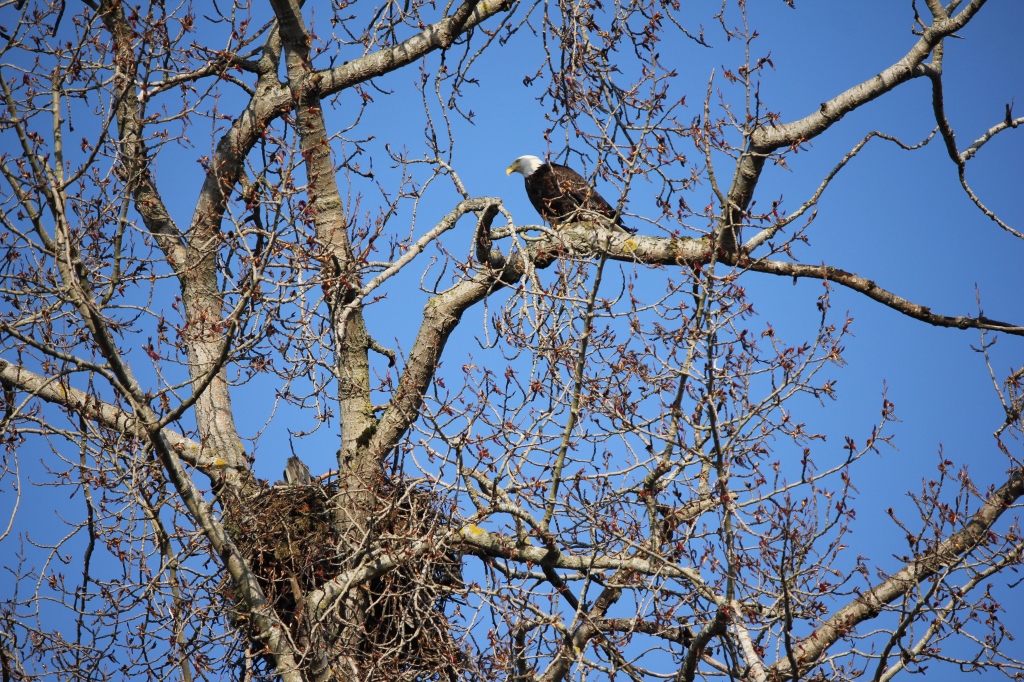If you’re in Seattle this weekend, don’t miss the Beaivváš Sámi National Theatre performing Juoiggas at the National Nordic Museum on Friday, April 11 and again on Saturday, April 12. The performances are free, but you will want to reserve your seats. (Their Minneapolis gig sold out!).
This Friday is also the much-anticipated release of Stolen, the first Netflix adaptation of a Sámi production. Based on Ann-Helén Laestadius’s novel, the film is directed by Elle Márjá Eira, features Sámi actors and crew, and was filmed near Vittangi not far from my ancestral area. Can hardly wait.
It’s a light in the dark.
With the continuing horror of state-sponsored genocide, the potential for Trump’s return to power, and the roll back of reproductive rights (today Arizona revived a 160-year old law against abortion with no exceptions for rape or incest), I find myself drawn to outdoor walks for solace. In our local cemetery, every tombstone is a memento mori (all is temporary) and an invitation to take the long view. On Wednesday, instead of entering the grounds, I made a loop around them, listening to a fascinating podcast (The Rest is History) about Martin Luther, and making a mental note to explore the parallels between peasant and Indigenous revolts. Did Laestadius like Luther, dial back his support for reform when his salary was at stake?
Near Fulton Street, I was stopped in my tracks by a bald eagle, high in a tree. I removed my earbuds to see more clearly, as one does, and zoomed in with my cell. Wow.

What a day to be alive. The sun was gilding the magnificent elms that meet over Fulton Street. Their kinetic branches, still bare of leaves, evoked a giant lung, and also, Indra’s net. It amused to think of the eagle’s nest, a jumble of sticks and moss, as a “perfect jewel” reflecting an infinite number of other nests.
Perched above its nest, the eagle (a male, I would learn) was nearly motionless, occasionally looking left or right, then returning his beak to the shade. Avoiding sunburn, or detection by crows? Crows love to mob raptors. The wind ruffled his white tailfeathers.
I willed him to take flight but he didn’t seem to be going anywhere, so I put Goaskinviellja on speakerphone, and we listened together. As Mari evoked an eagle asking Čatne du soajáid nie čavgadit? Who bound your wings so tight? he bent his head and seemed to look directly at me.
Yeah, okay. Working on that.

After taking a ridiculous number of photos, I bid him goodbye and made a circuit of the hill, pausing at viewpoints to admire the clouds. At Kerry Park, the Space Needle looked like it had taken up smoking. So white, so bright, those clouds. Did you know clouds in the Northern hemisphere are more reflective than those in the Southern hemisphere? Not for a good reason, either.
A red car puttered past under its own white cloud: a Samoyed in the sunroof, ears like Batman.

Back home, I realized that one of my earbuds was missing. How stupid of me. Instead of putting them back in their case, I’d slipped them in my pocket and one had slipped out. As I cursed my absent-mindedness, a small voice inside asked, what if it’s a feature, not a bug? What if your tendency to lose things is related to your capacity for awe?
Oh, right. Here’s to challenging those old paradigms of mental health.
I often describe my childhood as a bell jar, isolated in the woods, deprived by Laestadian dogma of “worldly” playmates and amusements, of television, radio, concerts, sports, movies, museums, theater, Disneyland, Christmas trees, etc. What I got in spades, however, was nature. Years of intimate conversations with the weather, trees, rocks, dogs, cats, cows, and ducks in the pond, which may have inoculated me against species loneliness.
Species loneliness is a symptom of the disease of human exceptionalism. Thinking that we are alone, we cannot turn to other species for comfort, nor benefit from their counsel and compassion. In some deep-seated place, we also carry a shadow of shame for how we treat our relatives. Imagine what it would be like to live in a world where we stood tall in receiving the respect and gratitude of other species.
Robin Wall Kimmerer

When I visited the aerie several days later, there were no eagles to be seen, but tucked in a Ziplock on a telephone pole nearby was my lost earpod.
Had it been stepped on, or pecked at? I decided it had been plucked from the grass and placed their by my feathered friend. Right at eye level, next to a QR code directing me to better photos.
Thanks, brother!

















